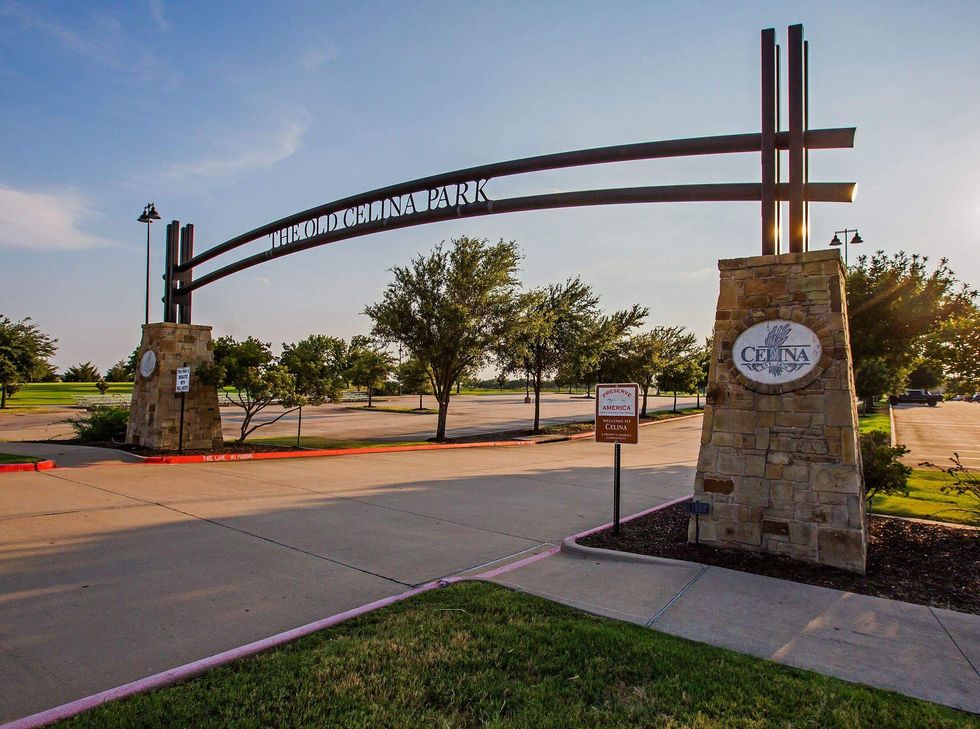renter friendly
One Dallas suburb edges out another as a top city for renters in 2024

Only three other U.S. cities are better for renters than McKinney, a new report says.
North Texans looking for their next apartment or house to rent should consider living in the Dallas suburb of McKinney, which was just ranked the No. 4 best city in the nation for renters.
This is the first time the north Dallas suburb has appeared at the top in RentCafe's "Best Cities for Renters to Live in 2024" report. The apartment rental marketplace annually compares 150 U.S. cities based on their quality of life, local economy, and cost of living and housing opportunities.
Charleston, South Carolina maintained its position as the No. 1 best city for renters for the second consecutive year. Rounding out the top five top rental markets are Atlanta, Georgia (No. 2), Sarasota, Florida (No. 3), and Scottsdale Arizona (No. 5).
What made McKinney stand out above all other Texas markets is the suburb's "small town feel" and its community-focused residents, according to RentCafe. (No coincidence that it also took the top spot in WalletHub's 2023 report on the best real estate markets in the U.S.)
"...McKinney is an ideal choice for renters who want to escape the bustle of the city without compromising on urban comfort," the report said. "Boasting a variety of parks, farmers markets and local businesses — all centered around its historic downtown — McKinney is a big draw for both young professionals and students."
Out of the three main metrics in the study, McKinney performed the best in the "housing and cost of living" category, ranking No. 2 out of all 150 cities, and earned No. 9 in the "quality of life" category.
RentCafe ranked McKinney No. 3 nationwide for its high quality apartments, with the average apartment size coming out to a spacious 948 square feet. Approximately 35 percent of all apartments in the city have been built within the last five years, and the city's cost of living is nearly 3 percent lower than the national average, the report said.
Unfortunately, the city fell behind for its "local economy" ranking, only ranking No. 47 nationally.
"Despite ranking slightly lower in this category, McKinney has one of the highest shares of business applications, and 33.4 percent of its residents have at least one college degree," the report said. "However, the city ranks lower in the Local Economy category due to slower renter income growth at 24.1 percent."
Plano tumbles out of the top 10 rental markets
After ranking No. 2 in RentCafe's 2023 report (and No. 13 in 2022), Plano slipped out of the top five and landed as the No. 17 best city for renters in 2024.
Here's how Plano performed in the study's three main categories out of all 150 cities:
- No. 7 – Quality of life rank
- No. 32 – Local economy rank
- No. 45 – Housing and cost of living rank
According to RentCafe's data, a significant hike in Plano's cost of living is primarily to blame for the tumble. The cost of living in the city is 16.6 percent higher than the national average, and only 12.6 percent of all Plano apartments have been built within the last five years. The average size of an apartment in the suburb is 938 square feet.
Other top cities for renters in Texas
Overall, it appears all cities in the Metroplex suffered in this year's rankings. Denton fell into No. 38 in 2024, slipping from its former No. 19 rank last year. Both Fort Worth and Dallas dropped out of the top 50 this year, ranking No. 53 and No. 57, respectively.
Meanwhile, Austin (No. 7) and its northern suburb Round Rock (No. 6) both held on to their positions among the top 10 best U.S. cities for renters for the second year in a row.
Here's how other Texas cities stacked up among the top 100 in RentCafe's report:
- No. 31 – Conroe (down from No. 9 in 2023)
- No. 52 – Midland
- No. 55 – San Marcos
- No. 58 – Lubbock (down from No. 43 in 2023)
- No. 65 – San Antonio (down from No. 55 in 2023)
- No. 71 – Houston (down from No. 53 in 2023)
- No. 85 – Amarillo
- No. 91 – Waco (unchanged from 2023)
RentCafe used data from their sister site Yardi Matrix to determine each city's ranking based on 20 metrics, including average apartment size, the cost of living and housing, the share of renter-occupied households, renter household median income growth, and more. Cities were chosen if they had an "apartment stock" of a minimum of 10,000 units, and any cities with lower apartment stocks were excluded.
The full report can be found on rentcafe.com.

 Coppell was ranked the third-best place to live in Texas for 2025. City of Coppell, TX Municipal Government/Facebook
Coppell was ranked the third-best place to live in Texas for 2025. City of Coppell, TX Municipal Government/Facebook  Frisco is the most-affordable, fastest-growing city in the country. Photo by Roger Robinson/Visit Frisco
Frisco is the most-affordable, fastest-growing city in the country. Photo by Roger Robinson/Visit Frisco  Celina is the No. 2 fastest-growing wealthy 'burb in America. Photo courtesy of celina-tx.gov
Celina is the No. 2 fastest-growing wealthy 'burb in America. Photo courtesy of celina-tx.gov